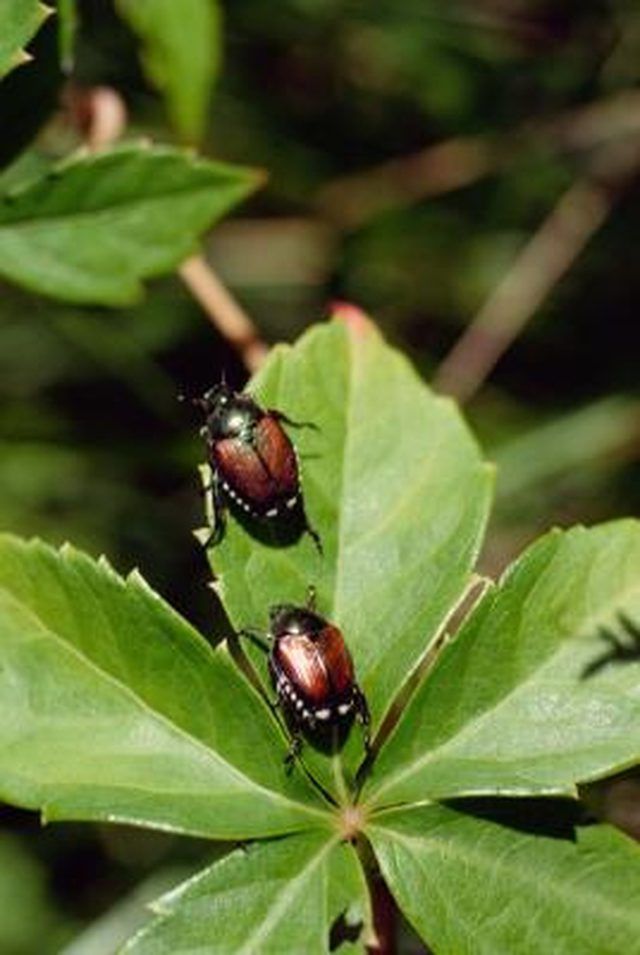Bulbs
Flower Basics
Flower Beds & Specialty Gardens
Flower Garden
Garden Furniture
Garden Gnomes
Garden Seeds
Garden Sheds
Garden Statues
Garden Tools & Supplies
Gardening Basics
Green & Organic
Groundcovers & Vines
Growing Annuals
Growing Basil
Growing Beans
Growing Berries
Growing Blueberries
Growing Cactus
Growing Corn
Growing Cotton
Growing Edibles
Growing Flowers
Growing Garlic
Growing Grapes
Growing Grass
Growing Herbs
Growing Jasmine
Growing Mint
Growing Mushrooms
Orchids
Growing Peanuts
Growing Perennials
Growing Plants
Growing Rosemary
Growing Roses
Growing Strawberries
Growing Sunflowers
Growing Thyme
Growing Tomatoes
Growing Tulips
Growing Vegetables
Herb Basics
Herb Garden
Indoor Growing
Landscaping Basics
Landscaping Patios
Landscaping Plants
Landscaping Shrubs
Landscaping Trees
Landscaping Walks & Pathways
Lawn Basics
Lawn Maintenance
Lawn Mowers
Lawn Ornaments
Lawn Planting
Lawn Tools
Outdoor Growing
Overall Landscape Planning
Pests, Weeds & Problems
Plant Basics
Rock Garden
Rose Garden
Shrubs
Soil
Specialty Gardens
Trees
Vegetable Garden
Yard Maintenance
How to Kill Japanese Beetles With Sevin Without Harming Your Plants
How to Kill Japanese Beetles With Sevin Without Harming Your Plants. Japanese beetles are a hated scourge. Adult beetles ruin ornamentals and vegetables by eating flowers, tender stems and leaves, often leaving a characteristic, skeletonized leaf. The grubs bore into the ground and eat plant roots all summer. Telltale signs of grub damage are...

Japanese beetles are a hated scourge. Adult beetles ruin ornamentals and vegetables by eating flowers, tender stems and leaves, often leaving a characteristic, skeletonized leaf. The grubs bore into the ground and eat plant roots all summer. Telltale signs of grub damage are reduced plant vigor in summer and large patches of dead grass. The gardener looking for a pesticide to minimize Japanese beetle populations will find a friend in carbaryl, known by the trade name Sevin. Sevin is favored, especially in vegetable gardens, for its non-toxicity to both humans and plants.
Things You'll Need
Spray container
Sevin
Adults
Mix Sevin with water in a spray container according to the manufacturer's directions. Sevin is available as a powder or liquid concentrate and also comes in a ready-to-use spray bottle.
Spray the tops and bottoms of plant leaves, all buds and flowers and the stem and branch parts of the shrub. The plant should be dripping with the milky solution. When the leaves dry, they will have a light, powdery film that will wash off in the rain.
Reapply every two or three weeks until Japanese beetle adults become less active in late summer. Monitor the plants for beetle presence and damage between applications. Fast-growing plants such as roses and vegetables may need more frequent applications as they produce fresh, unprotected plant parts.
Grubs
Water affected lawn areas thoroughly to increase penetration of the active ingredient into the soil.
Apply Sevin to the lawn, following manufacturer's directions for rate of dilution and volume of application. The grass should be evenly wet and dripping with the liquid.
Water again thoroughly after application. Watering increases the efficacy of Sevin by moving it into the soil, where the grubs feed on grass roots.
Tips & Warnings
Begin spraying plants when adult beetles and their damage can be observed. Repeat applications every two to three weeks until the adults disappear in late summer.
Begin spraying lawns as soon as grubs begin feeding on turf roots--about two weeks after the first appearance of adults. Starting early kills grubs when they are small and actively feeding. Reapply every two to three weeks until Japanese beetle grubs slow down in early fall.
You can use a hand-held spray bottle or pump sprayer. Hose-end sprayers are useful for application on large areas of lawn.
Don't spray areas of turf that are not affected by Japanese beetle grubs. Overuse can kill beneficial and benign insects and grubs, making room for Japanese beetles to do their damage.